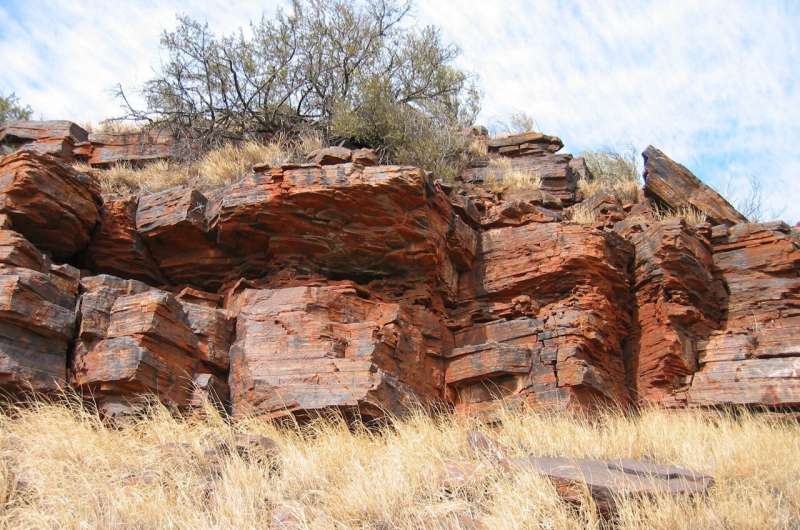Billions of years ago, microbes in the Earth’s early oceans engaged in a fierce battle for iron, using toxic nitrogen monoxide as a weapon. This discovery sheds light on how the planet’s atmosphere and nutrient cycles were shaped in the distant past. Microbiology and geochemistry come together to unravel this intriguing chapter of our planet’s history.

The Iron Battleground
When the Earth was young, its air was lackluster but the oceans were filled with dissolved iron. Banded iron ores are huge layers of rock formed by the oxidation and precipitation of iron at an early point in Earth history that can still be seen today in places such as South Africa.
One great mystery for scientists was how this iron got oxidised in the absence of oxygen. The analysis, published Monday in the journal Nature Geoscience, illuminates cutthroat microbial survival strategies: They hoard one of Earth’s most important elements for as long as they can or else die. Researchers from departments of Geomicrobiology at the University of Tübingen and from Bristol tested this hypothesis in laboratory experiments imitating those older oceans.
Nitratreducing Bacteria: A Toxic Weapon
They made two groups of iron-oxidizing bacteria—one group (phototrophic iron oxidizers) uses sunlight and iron as its energy source, whereas the other (iron reducing nitrate-reducing iron oxidizer), employs nitrate to help it to oxygenize electron. Nitrate-consuming bacteria rapidly reduced the nitrate and oxidized the iron, whilst the phototrophic iron oxidizers were found to have low rates of iron oxidation, which was surprising.
The reason? The nitrate-reducing bacteria turned out to be making a noxious byproduct: nitrogen monoxide, a powerful gas formed from one of the two oxygen atoms in air. This nitrogen monoxide turned off the phototrophic iron oxidizers, and they died. What these microbes actually did was to kill the phototrophic iron oxidizers by producing a poison gas, adds co-author Andreas Kappler.
Widespread effects on the Atmosphere and Nutrient Cycles of our Planet
These results indicate that the phototrophic iron oxidizers probably made a negligible contribution to the deposition of banded iron ores: Late Archaean and Palaeoproterozoic-iron formation for which much of the evidence were originally gathered interpreting such stromatolitic structures. On the other hand, it was the prevailing activity of nitrate-reducing bacteria and their production of nitrogen monoxide that likely mattered more.
The study concluded that the activities of the nitrate-reducing bacteria raised levels of more organic matter going into seawater, fueling oxygen production on land — and, consistent with some models of Earth’s history, resulting in a slow rise in atmospheric oxygen over billions of years. Our study offers a window into how the oxygenation of the Earth’s atmosphere might have influenced other nutrient cycles in the oceans,” says lead author Casey Bryce. It gives you a sense of the intricate web of biogeochemical interactions that governed life in Earths ancient oceans.
